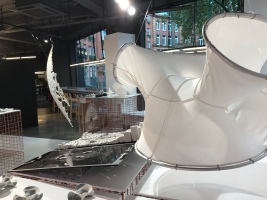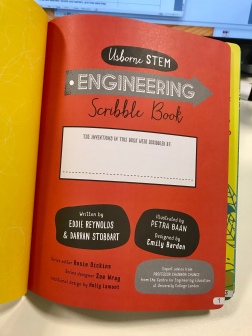Last night’s sky over Dublin was spectacular, and a magical evening unfolded. I’ve been sequestered in my flat here in Dublin for the past few weeks, on a self-imposed writing retreat away from my current home in London.

The view from my balcony, looking south toward Four courts, just beyond the roof of the Cappucian Friary and Padre Pio church.
However, my retreat has transformed into a sort of boot camp. The past few weeks have been like the days I was enrolled full-time for my Ph.D. while holding down my full-time teaching job (and somehow still doing well at both). I’ve been so inwardly focused that I’ve thought of calling this time my ‘hermitage.’ Yet, I’ve been so productive I’ve considered making this an annual thing.
After working straight through the weekend and submitting two big projects Tuesday, I was ready for a break Wednesday evening. And the evening didn’t fail to deliver. It was nothing short of magical.
Remarkable moments I enjoyed:
- Views from my balcony at sunset.
- Views of the city center from the top of a double-decker Dublin Bus–before realizing I was heading in the wrong direction and getting nowhere fast!
- Recognizing, just in time, the error in my plan.
- A fine fair-weather clip across town on a Dublin Bike, with a long haul up the hill to the far end of Phoenix Park to the residence of the US Ambassador.
-

US Ambassador’s residence in Dublin
The stunning sight of the Ambassador’s home, tucked under a thick, delightfully-cheerful but ever-so-slightly-ominous blanket of clouds.
- Clouds lit from the underside by our small but bustling city–a town beaming with holiday cheer and festive lights.
- Stories of being in orbit from a man who has traveled far above the earth’s surface, in multiple spacecraft.
- Learning about different types of rockets, and safety procedures that saved the lives of his colleagues in a recent failed mission.
- Viewing dramatic photos US astronaut Shane Kimbrough captured from space–many from the Russian side of the Space Station, which he says has clearer glass that makes for better pics.

- Meandering around the ground floor of the residence and enjoying the architectural details, but unfortunately, not recognizing a soul.
- The delightful sensory experience of cycling back through the park on my way home. (By this time, the weather was starting to cool and I wished I’d donned the jacket that was tucked in my purse.) I pushed onward, not wanting to break the magic.
- Parking my Dublin Bike at Blackhall Place, wandering through Smithfield Plaza, and enjoying the plaza’s holiday lights.
-

Music session at the Cobblestone, with Mick O’Grady, Pat Goode, Brenda Malloy, Tony Nugent, and others.
And finally, stepping through the warm and welcoming front door of the Cobblestone pub, and soaking in greetings of musician friends and bartenders–catching some tunes, and sharing stories after the 7-9:30 session.
This fairy-tale set of events unfolded, after a somewhat odd day. I’d dealt with random, miscellaneous tasks, following on the heels of a week of productive writing and editing. Although this day wasn’t particularly productive, I kept trying.
But I had a particularly strange occurrence while working from home during the day:
A guy knocked on my apartment door and I asked through the solid core panel, “Who is it?” He didn’t say who, but rather that he needed something. I asked what. He said, in pained exasperation, that it was too complicated to explain. He sputtered and stuttered that he’d just have to go tell someone else. Fine by me. Look, if you’re bleeding and you need a doctor, say so. If you can’t explain your problem, I’ve no way to assess if and how I can help. My friends at the pub last night said never, ever open the door. Thanks to both God and good judgment that I didn’t.
I’ve been struggling with my vision and waiting for a new pair of multifocal glasses to arrive. Turns out, my far sight has improved, and this has thrown off all the settings on my progressive lenses. As a result, I’ve been fighting headaches from struggling to find a head-tilt position where I can actually see the screen. This has been going on for months, and I’ve only just gotten to the bottom of it all. A temporary pair of reading glasses is helping, but wearing them is disorienting and headaches still crop up.
So yesterday I was quite ready for a break. I wrapped up my work to head out for an event. I blended up a healthy juice of fruits and veggies–apples, carrots, cucumber, spinach, celery, and ginger–to pep me up for the evening.
I noted the stunning view of clouds rolling into Dublin at sunset. I clicked a photo from my balcony to post on Facebook:

It’s already feeling like Christmas in Dublin! A bit of a Dickens Christmas, the lighting suggests.
Such a lovely place to be, in this bright and sunny flat!
I quickly donned a skirt and boots with heels (unusual for me these days) and I zipped out for the bus slightly after 5 PM, en route, I thought, to the US Embassy. I grabbed a seat front and center on the top deck of the bus, and successfully deflected the man-spread in progress in the adjoining seat.
Views from the top deck were lovely! But, a half hour after I’d left home, sitting atop a bus stuck in traffic, I double checked the invite. It was quite clearly sent from the US Embassy, and that’s where I was headed. It’s on the southeast corner of town.
Nevertheless, the event–a public discussion with a highly experienced US Army astronaut–was actually in the other direction!
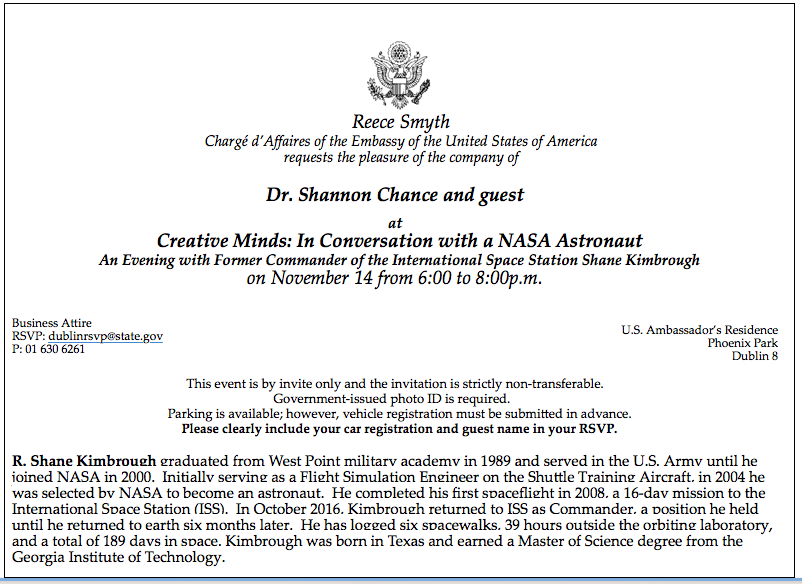
The only way through rush hour traffic and up to the US Ambassador’s residence perched on the hill of Phoenix Park was by bike. It’s touted as the largest city park in Europe (or something of that sort), and the Residence is, as I’d come to discover, at the very northwest corner of the park. On the far opposite corner of town.
I had to wait for the bus’s next stop. It goes all the way from the Liffey, around Trinity College, to the far, far end of Nassau Street–almost to Claire Street, between stops. Quite difficult to see all those buildings pass by while wanting to disembark!
Once the bus finally stopped, by the grace of God, I clambered toward the nearest Dublin Bike dock.
Despite the mini-skirt and tall wedge-heeled boots I’d put on, I managed to make good time. I was up to the Ambassador’s in under a half hour. The cycle ride required great physical exertion, but there was no other viable way to get quickly from Trinity to Heuston Station. From the station, I could have taken a cab up and across the Park, but I persevered. After days sitting at the laptop, I needed the exercise.

Gusts of wind billowed past, pushing a thick blanket of clouds across the winter sky. But it was warm. What a treat–the feel of cycling through the park in this delightful weather (despite rough paving on the cycle lanes, which appear to be under renovation). I felt a deep sense of joy while approaching the formal gates, to be greeted by the cheerful security officers who quickly found my name on their list. The magic of the evening was reinforced by this delightful setting–the Ambassador’s residence was aglow under a dramatic sky.

The US Ambassador’s Residence is architecturally impressive.
I arrived in time to grab a canapé and a glass of wine before finding a seat. My face, flushed with energy, glowed brightly. The crowd filled three rooms, and so I observed through two different sets of doors. What ensued was delightfully informative. The dialogue was well worth the haul!
The speaker, US astronaut Shane Kimbrough, has the rare distinction of having served aboard BOTH the Space Shuttle AND the International Space Station. Once, he was in orbit for a full six months. That mission had been planned for four and a half months. Near the end, he received word that his stay was extended another six weeks.
Such interesting stories! He told of a mission he was on that launched from Russia, of bringing a soccer ball from a Challenger astronaut into space. He said during a spacewalk, you’re essentially in your own little one-person space capsule. He brought the experience of being-in-space alife for us all. 
For more on NASA Astronaut and Former Commander of the International Space Station Shane Kimbrough see his webpage.
Shane shared amazing photos of his adventures and talked of cultural exchange, including multiple Thanksgivings spent in space. He described one year where the multi-national group aboard the Space Station celebrated our Christmas (December 25) as well as Russian Christmas (January 7).
He was also on a mission touted as “Home Improvement” since their team delivered and installed new kitchens, bathrooms, technical and exercise equipment and the like. Shane seemed so young and vibrant, yet he’s done all this. And what a remarkably humble guy he seemed to be!
Something he described will stick with me: he emphasized the fragility and beauty of the thin layer of atmosphere that protects, and indeed enables, life on our planet.
Of course, I ‘know about’ the ozone layer. My mom taught me to protect it since I was a kid. But I had never internalized the magic of this layer. Although I knew about it intellectually, I had trouble ‘feeling’ it.
The scale is immense and the set of variables inconceivably complex. I have always had trouble wrapping my head around the idea of climate change. Shane made it palpable.
With a few words from Shane Kimbrough, I realized I’ve really only been looking up and out. From the International Space Station, he’d been outside, looking in. There, he adopted a more holistic view. He articulated it beautifully.
I’d been looking at all this from our human center, and been rightfully concerned. This astronaut helped me ‘see’ another way, but this also increased my concern. We must do more. I now have a better sense of awe of the beauty, vulnerability, and fragility of this thin veil.
 On a night like yester–looking up, looking out–I saw the clouds rolling past. The jet stream pushing them along bound from the Atlantic along toward Scandinavia.
On a night like yester–looking up, looking out–I saw the clouds rolling past. The jet stream pushing them along bound from the Atlantic along toward Scandinavia. 
Heading home, I saw clouds. The stars were masked by plumes of water droplets suspended in air. Thick blankets of billowy, puffy clouds–holding us together–keeping us safe.
En route, I was inspired to wander the plaza and soak in the festive holiday lights. Then, I stepped in to see friends at my favorite local pub, the Cobblestone. Inside this pub, I feel love. Love of music and life-long friendships among musicians. I am always treated like family here.
Returning home, I fell into dreams of stars, with a new and deeper sense of awe for this planet we call home.
 I awoke this morning to the ominous political news of Brexit, the pending collapse of the UK government, and then Teresa May’s resignation.
I awoke this morning to the ominous political news of Brexit, the pending collapse of the UK government, and then Teresa May’s resignation.
There was a different sort of sky, the sort of rays my friend Glen calls ‘God light’. Dear God, please let this light show us the importance of the atmosphere and of each other. Let it lead us to make better decisions.

The US Ambassador’s Residence is architecturally impressive.
53.358158
-6.333103


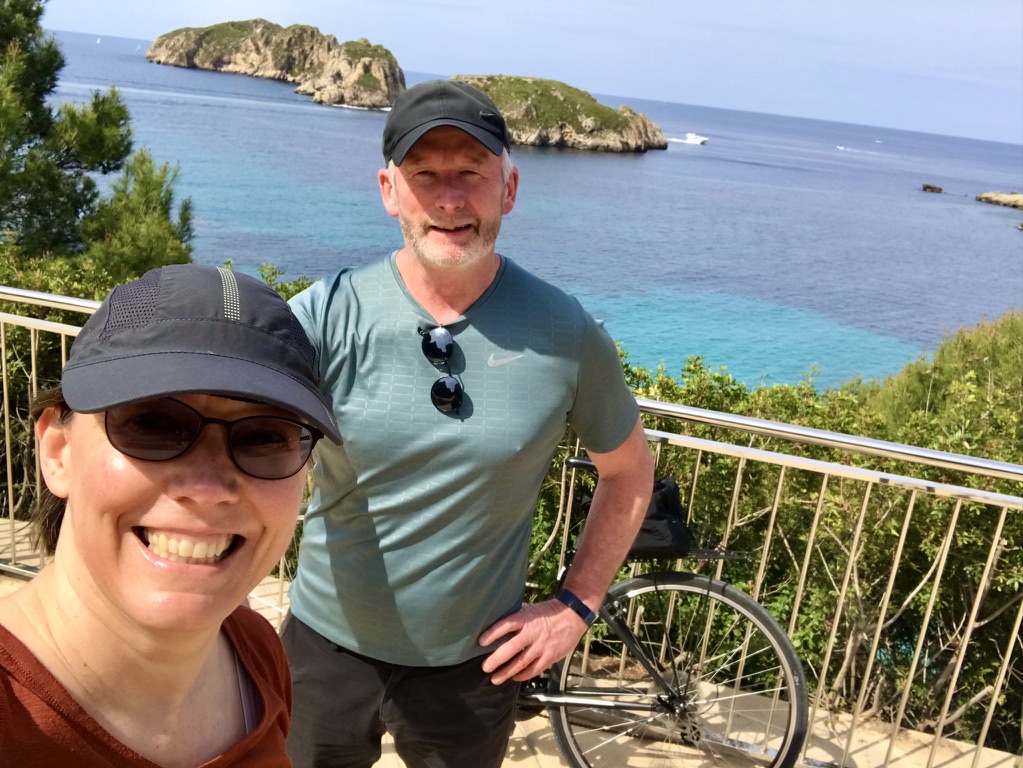
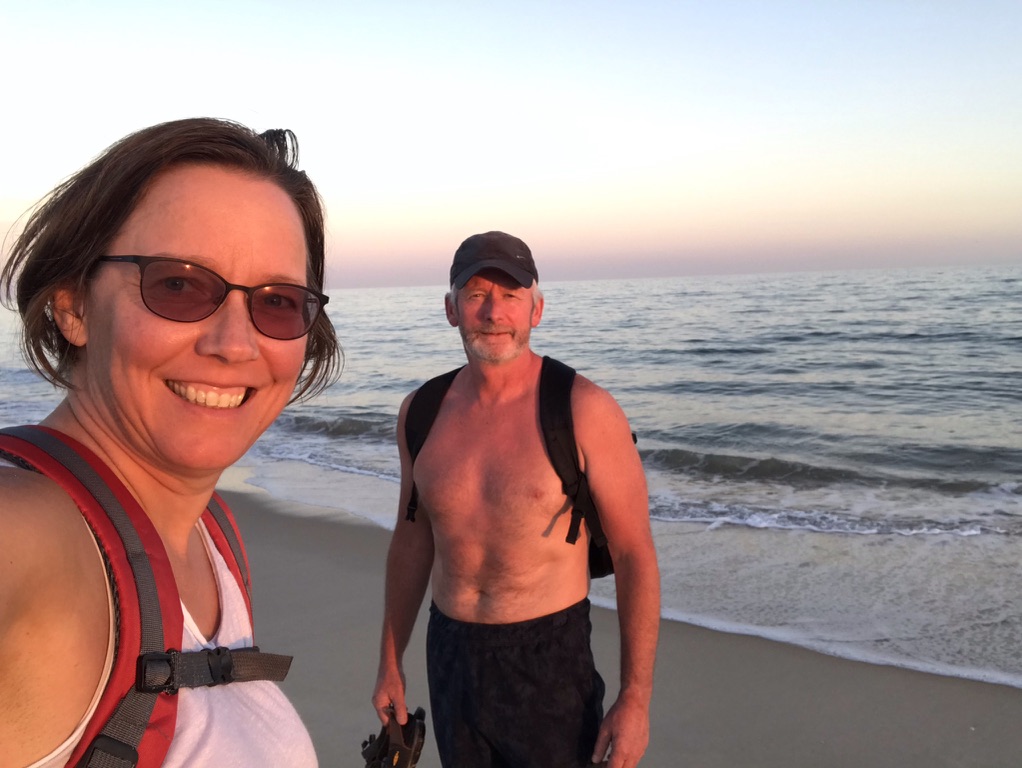
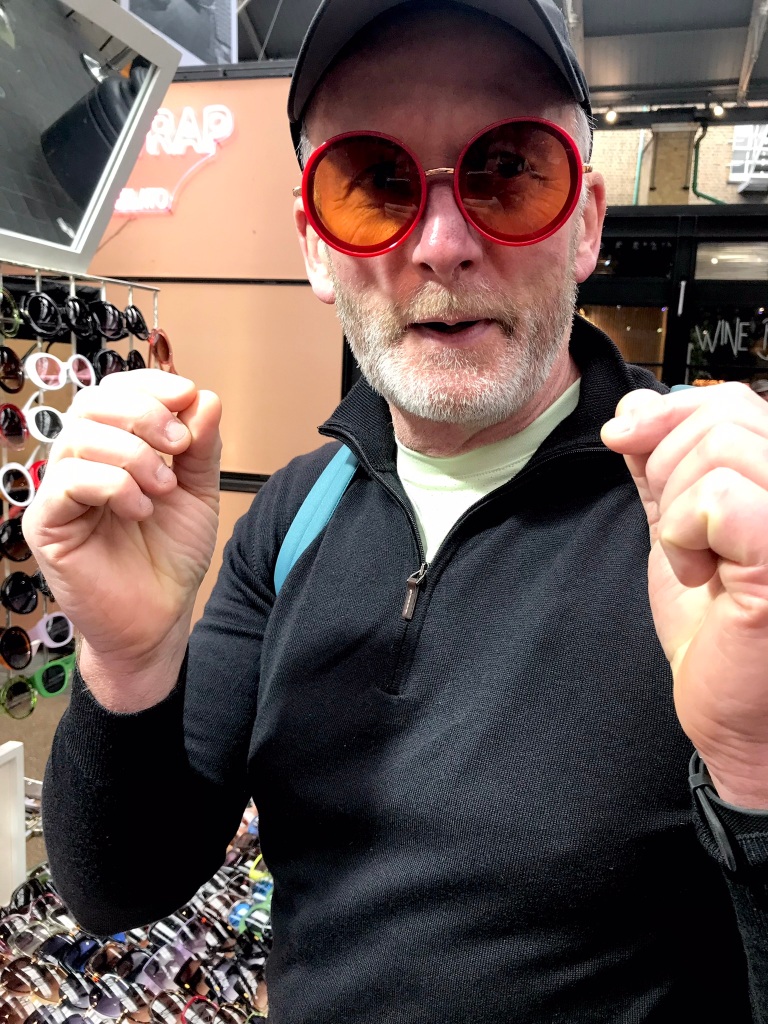
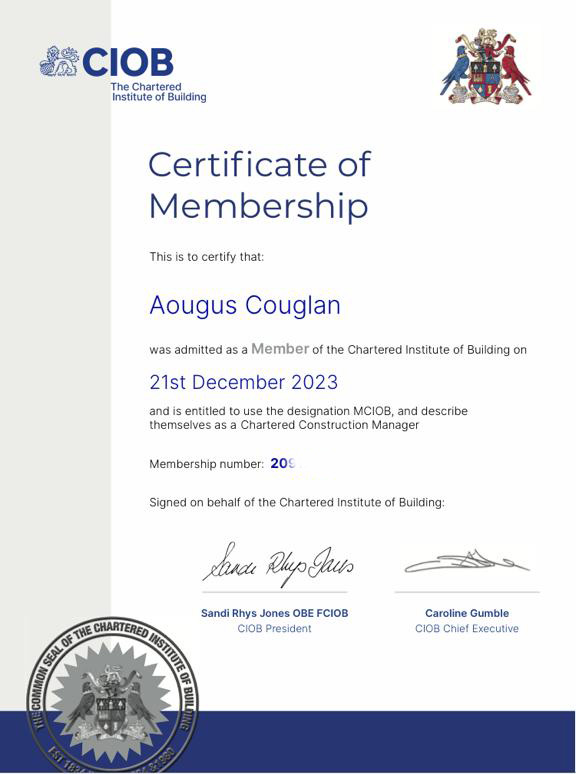
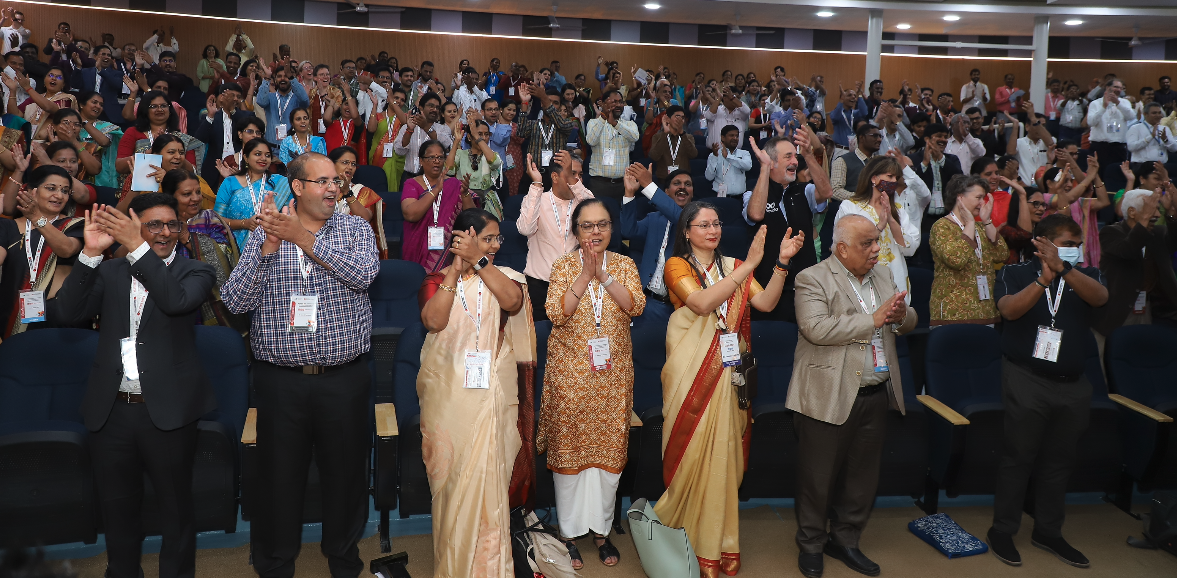
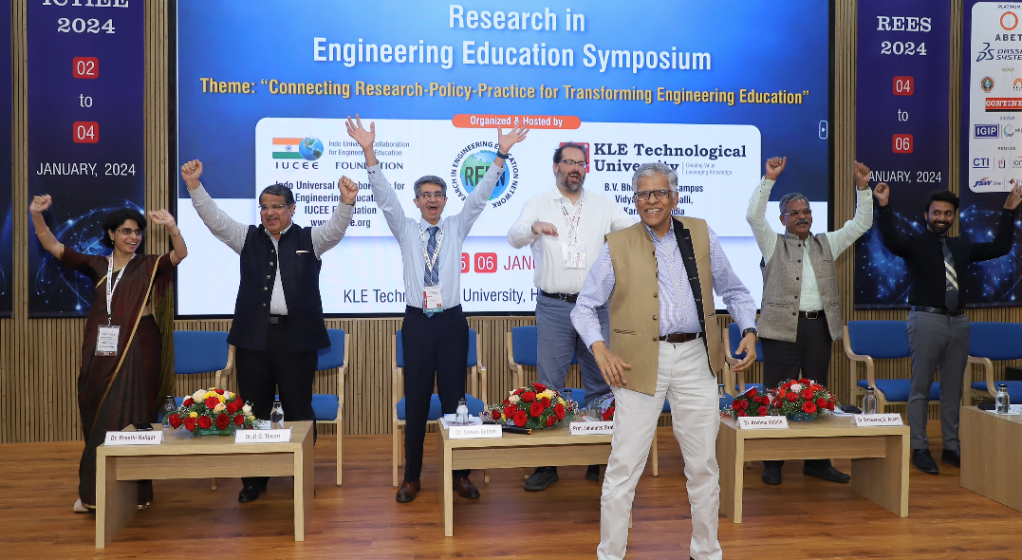
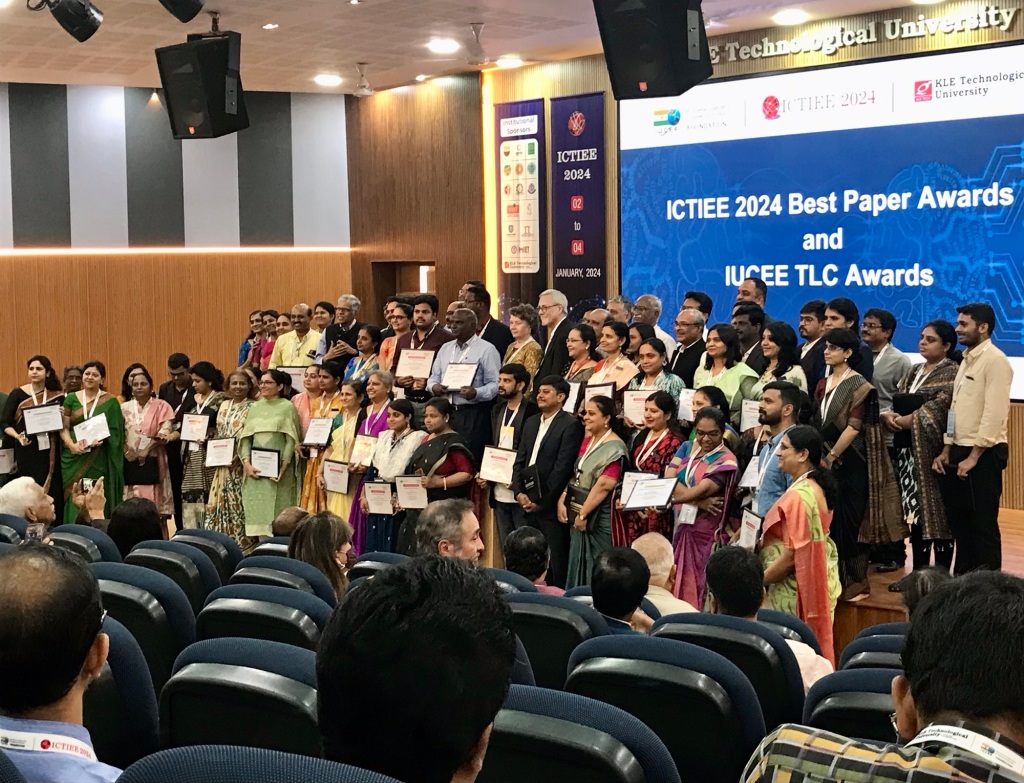


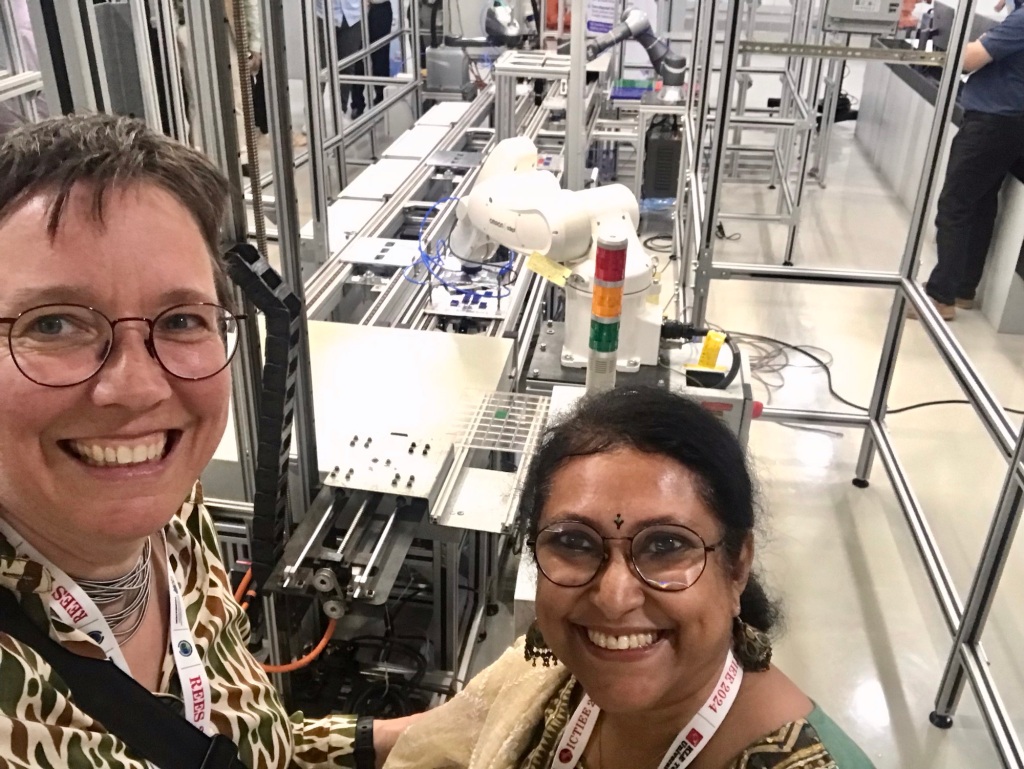
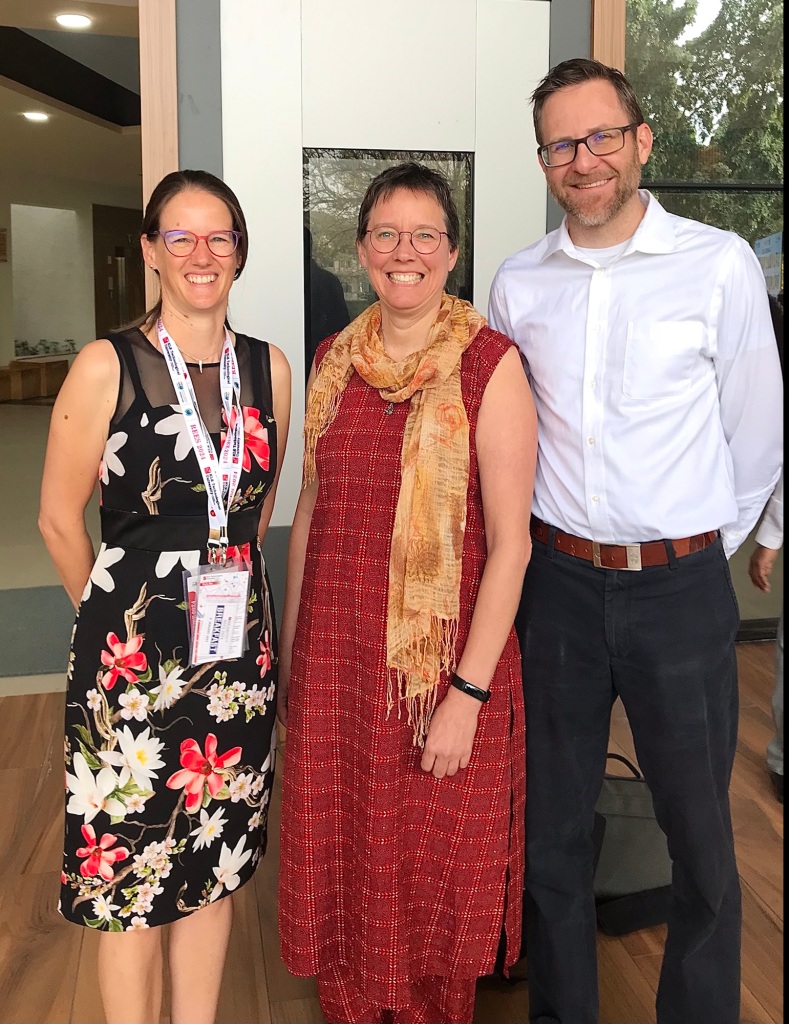


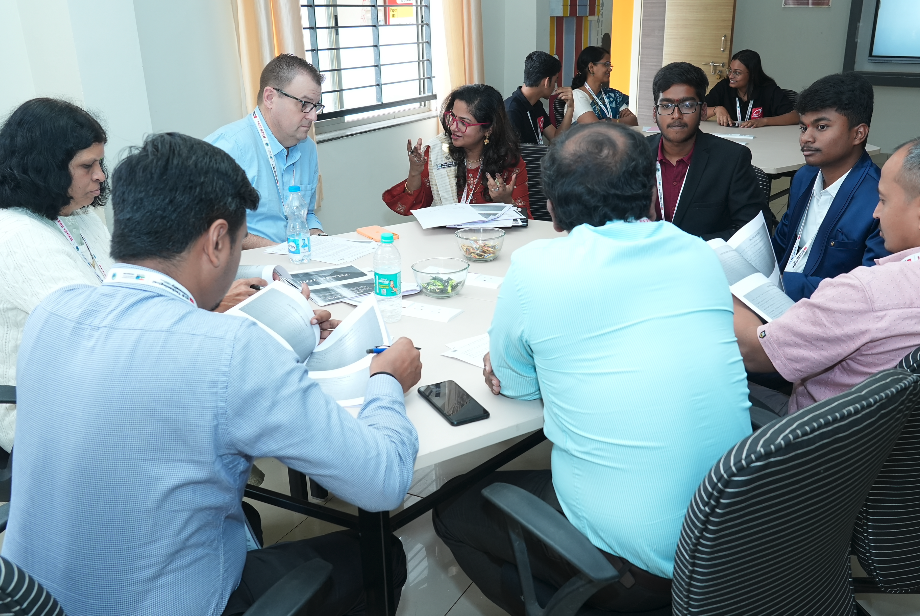


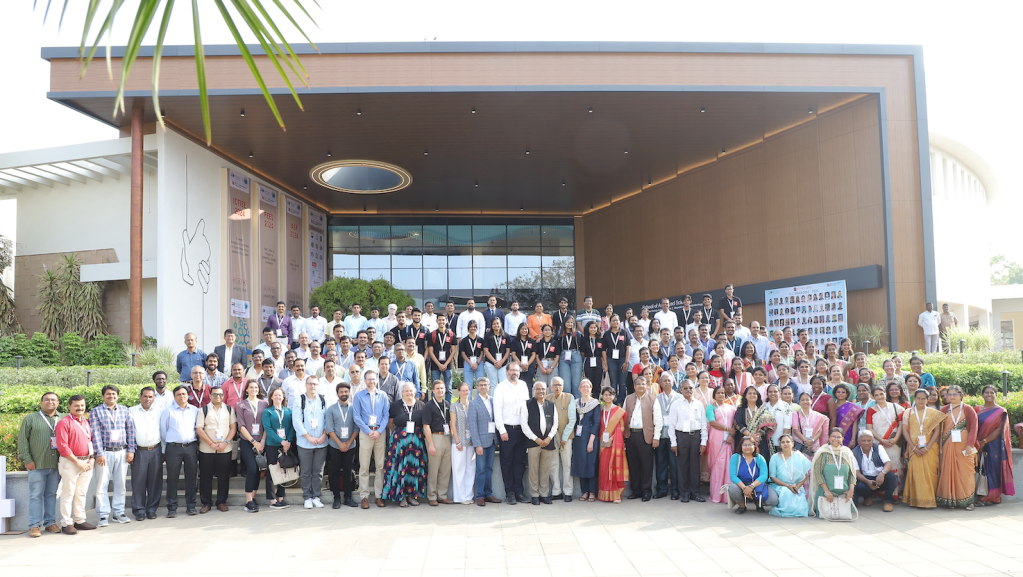


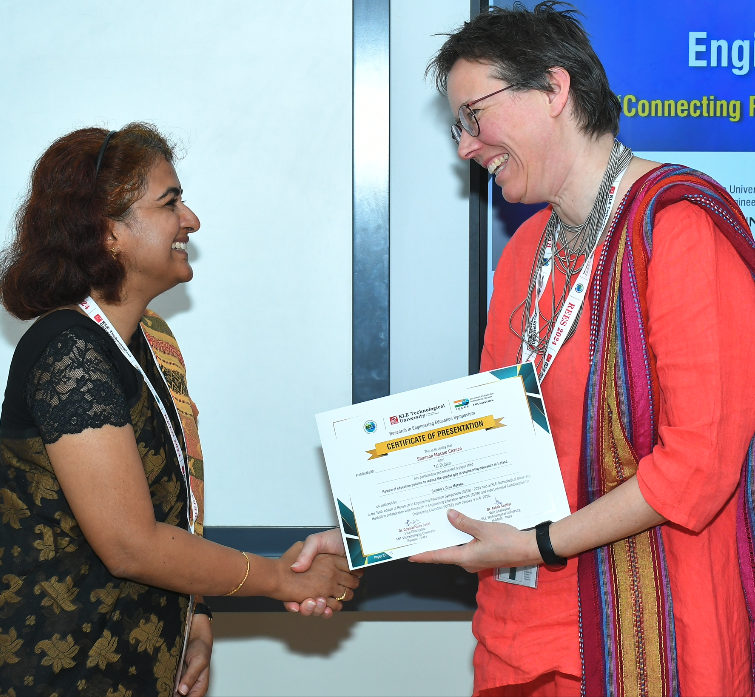














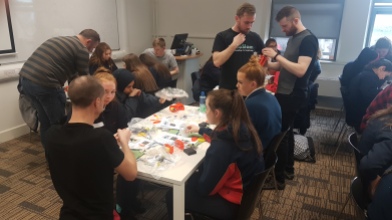
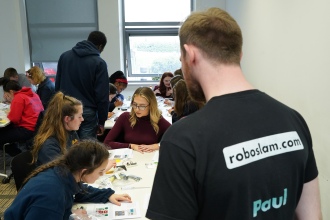












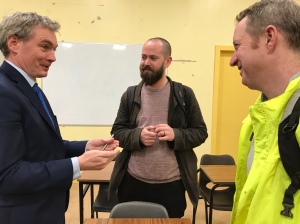



































 On a night like yester–looking up, looking out–I saw the clouds rolling past. The jet stream pushing them along bound from the Atlantic along toward Scandinavia.
On a night like yester–looking up, looking out–I saw the clouds rolling past. The jet stream pushing them along bound from the Atlantic along toward Scandinavia. 
 I awoke this morning to the ominous political news of Brexit, the pending collapse of the UK government, and then Teresa May’s resignation.
I awoke this morning to the ominous political news of Brexit, the pending collapse of the UK government, and then Teresa May’s resignation.























































































